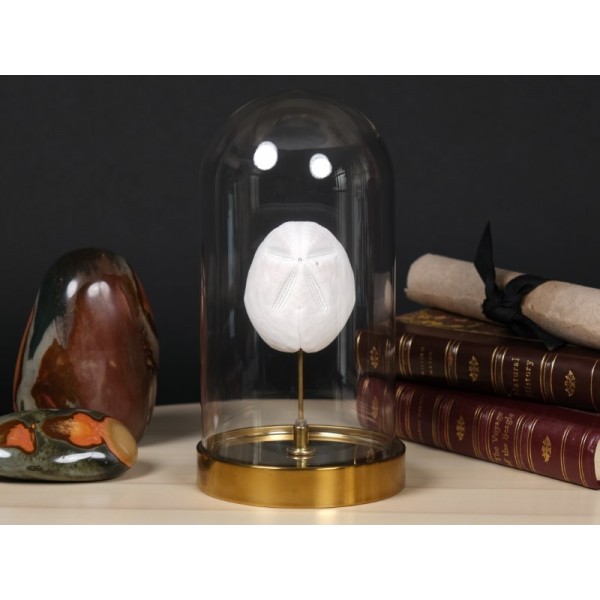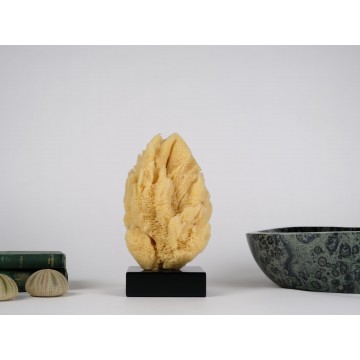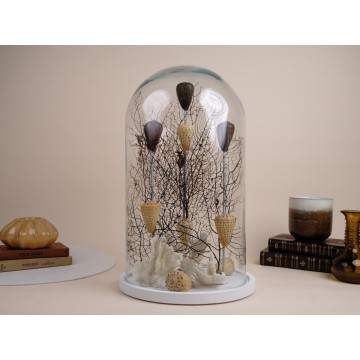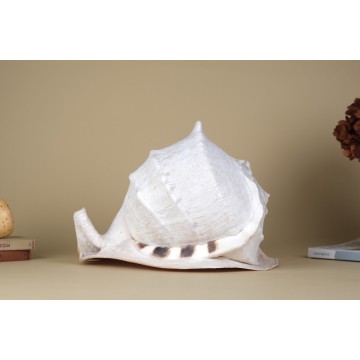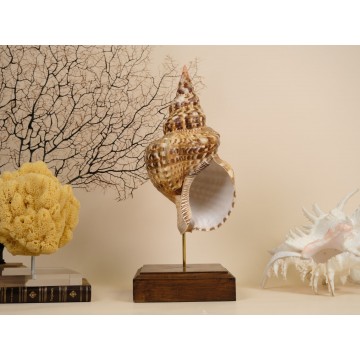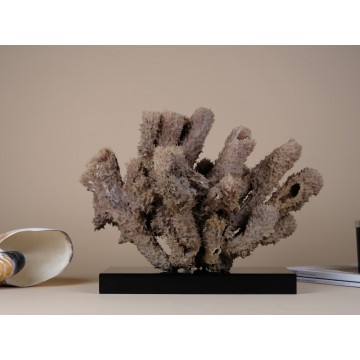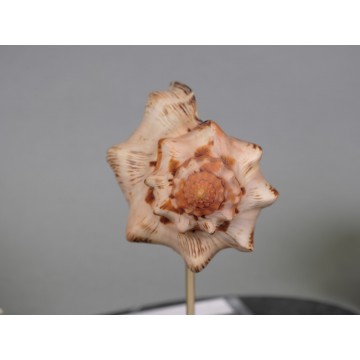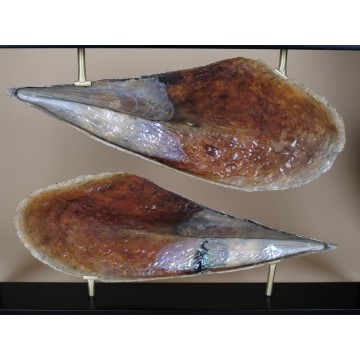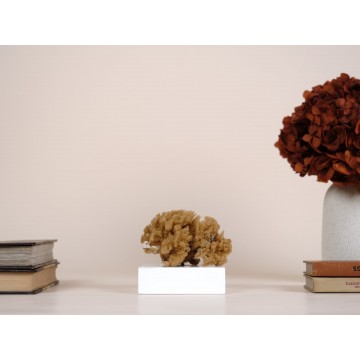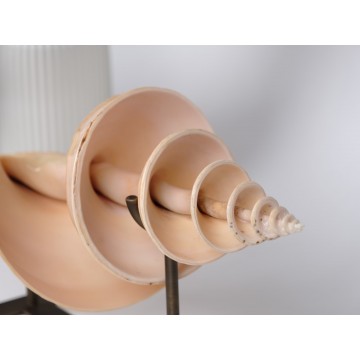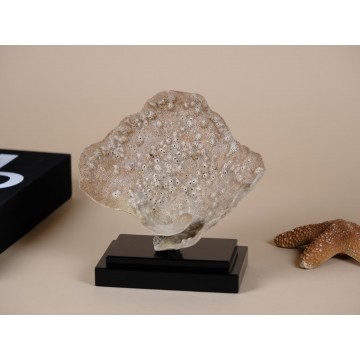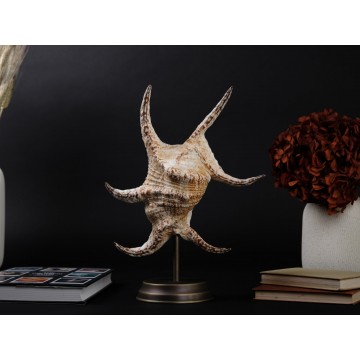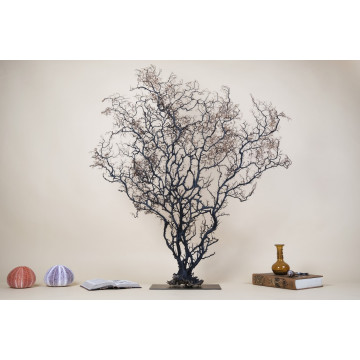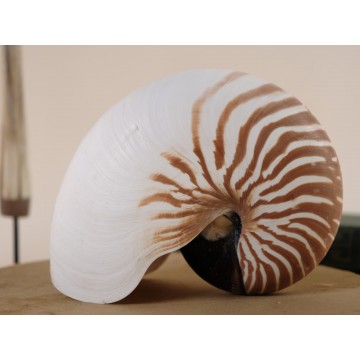Yellow Hardhead Sponge
This species of Spongia came from the Florida Keys.
It is a very healthy population once from many years they are fished commercially for bath sponges, these are special pieces turned into great decor objects. The sponges feed on microorganisms that they filter and their larvae are taken by the sea movements making them widespread. Taken by divers from 5 to 40 meters deep.
Mounted in a black lacquered wood stand.

